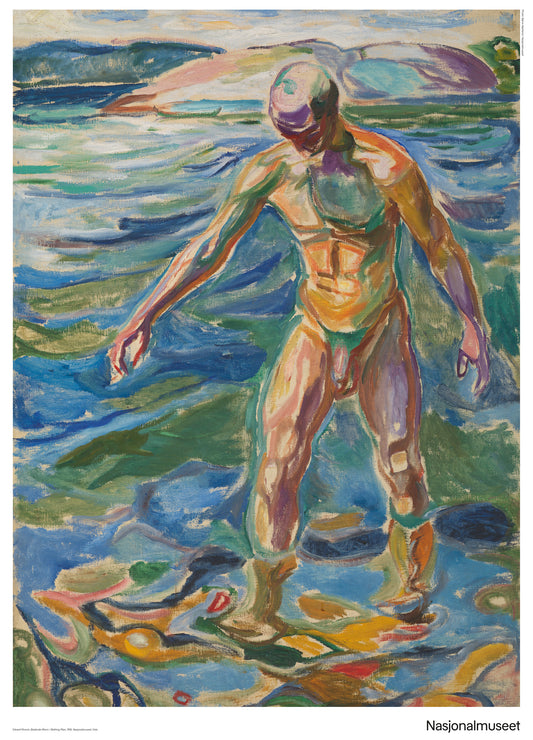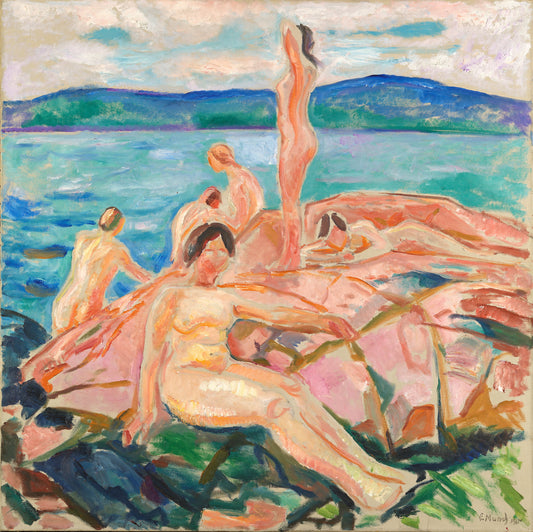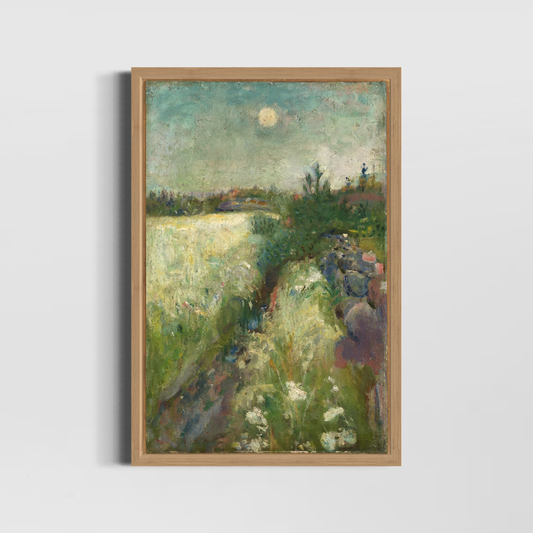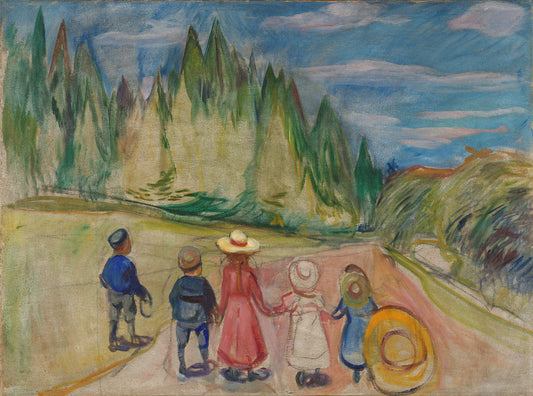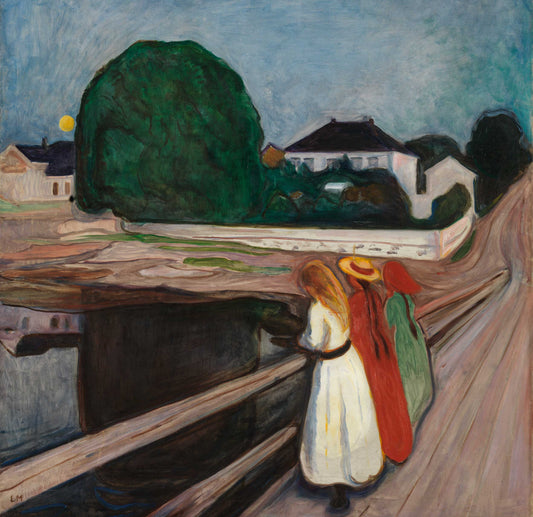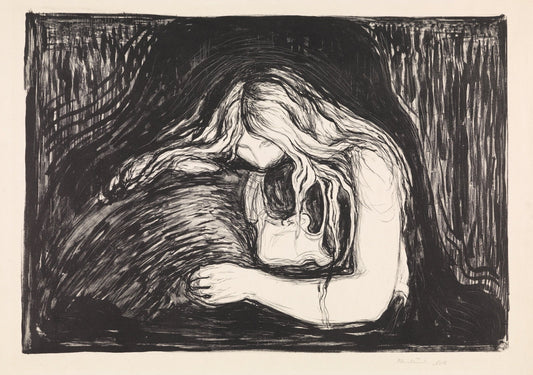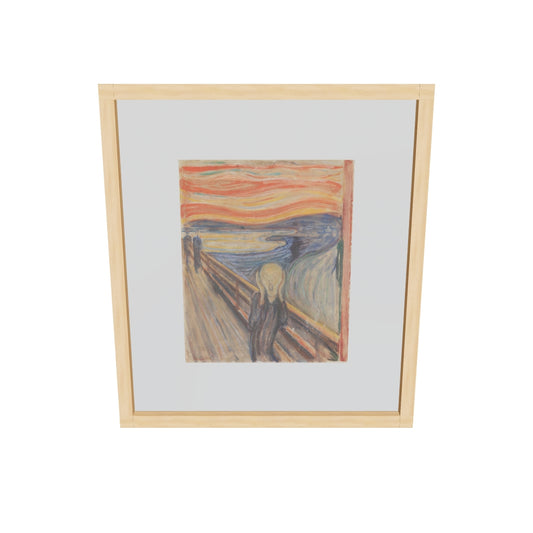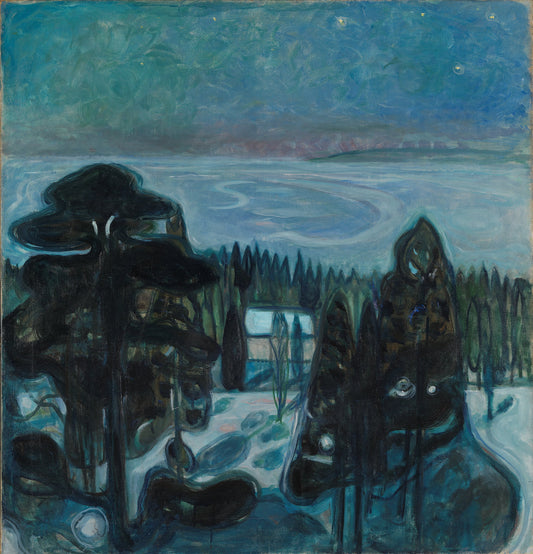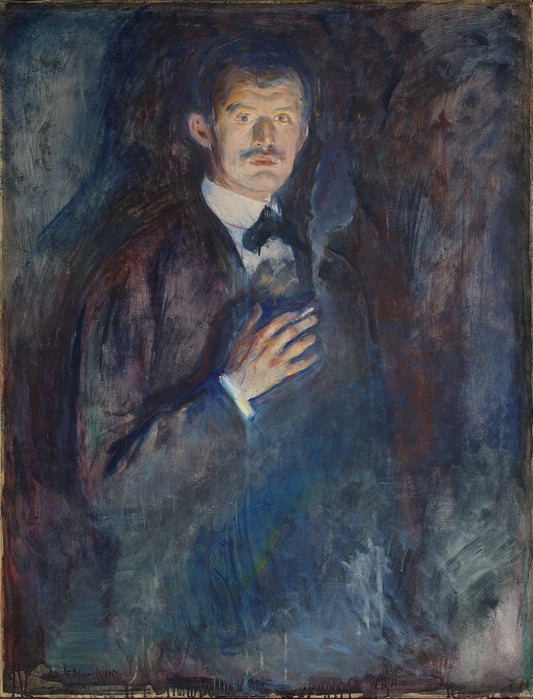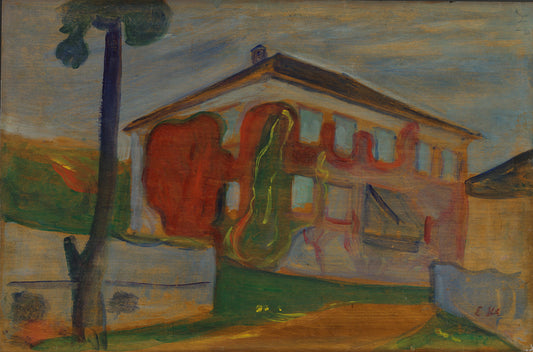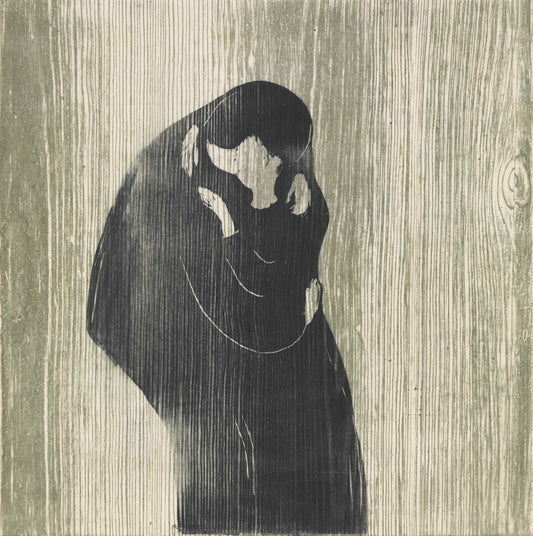Collection: Edvard Munch
-
Bathing man
Vendor:Edvard MunchRegular price From 150,00 NOKRegular priceUnit price per -
High summer
Vendor:Edvard MunchRegular price From 150,00 NOKRegular priceUnit price per -
Flower meadow at Veierland
Vendor:Edvard MunchRegular price From 150,00 NOKRegular priceUnit price per -
Rue Lafayette
Vendor:Edvard MunchRegular price From 150,00 NOKRegular priceUnit price per -
The fairy forest
Vendor:Edvard MunchRegular price From 150,00 NOKRegular priceUnit price per -
Loving woman
Vendor:Edvard MunchRegular price From 150,00 NOKRegular priceUnit price per -
Melancholy
Vendor:Edvard MunchRegular price From 150,00 NOKRegular priceUnit price per -
The girls on the bridge
Vendor:Edvard MunchRegular price From 150,00 NOKRegular priceUnit price per -
The day after
Vendor:Edvard MunchRegular price From 150,00 NOKRegular priceUnit price per -
Vampire II
Vendor:Edvard MunchRegular price From 150,00 NOKRegular priceUnit price per -
White night
Vendor:Edvard MunchRegular price From 150,00 NOKRegular priceUnit price per -
Night in Nizza
Vendor:Edvard MunchRegular price From 150,00 NOKRegular priceUnit price per -
The self-portrait with the cigarette
Vendor:Edvard MunchRegular price From 150,00 NOKRegular priceUnit price per -
Red wild wine, Åsgårdstrand
Vendor:Edvard MunchRegular price From 150,00 NOKRegular priceUnit price per -
The man in the cabbage field
Vendor:Edvard MunchRegular price From 150,00 NOKRegular priceUnit price per -
Winter in the forest
Vendor:Edvard MunchRegular price From 150,00 NOKRegular priceUnit price per -
Self-portrait in a hernia - Influenza
Vendor:Edvard MunchRegular price From 150,00 NOKRegular priceUnit price per -
Parisian model
Vendor:Edvard MunchRegular price From 150,00 NOKRegular priceUnit price per -
County governor Torvald Løchen
Vendor:Edvard MunchRegular price From 150,00 NOKRegular priceUnit price per -
The author Hans Jæger
Vendor:Edvard MunchRegular price From 150,00 NOKRegular priceUnit price per


